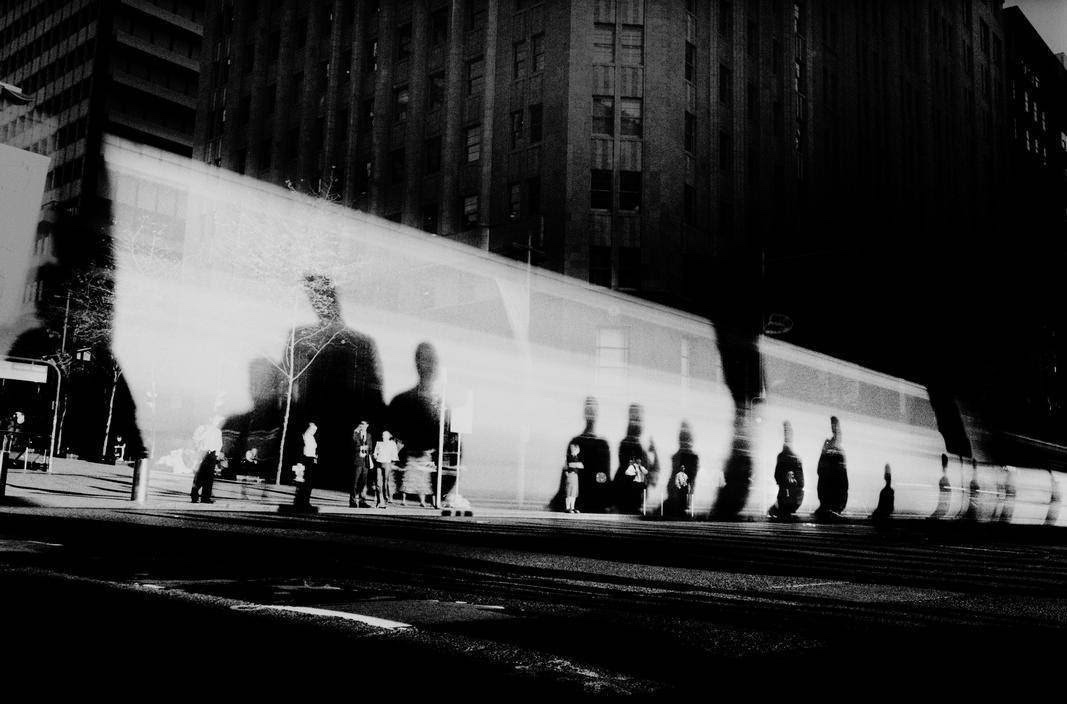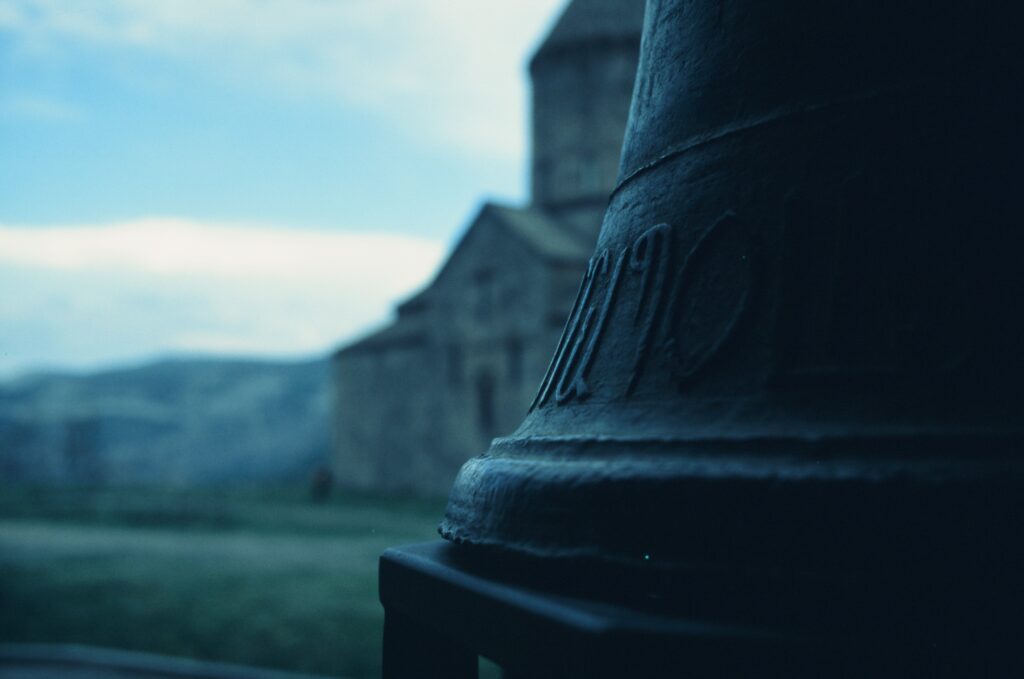
Shogun taught me that to live a new life, you have to let old dreams die.
I’m in limbo. My career is on pause, and it’s the summer before grad school. I’m going back to school after trying to adult for 30 years. I could never stomach the game you have to play as a manager, and despite constantly learning, my technical abilities can’t compete with outsourced talent that will do my job for 10 times less, and twice as good. (Yeah, I’m looking at you all in Armenia – so many talented people!)
After traveling to Armenia last year, all the food and colors in the Bay Area seem dull. There’s something about being close to artillery shelling that makes everything seem way more intense & alive. It’s hard to desbribe.
Once I returned, I was sad. I almost went back to shooting black & white exclusively. That’s how depressed I was. My writing career was going nowhere, and I wasn’t sure what to do with my life. I had been taking care of my father after a stroke, and after a year of issues with complications from a rare genetic disease he passed away. God bless him and may he rest in peace.
I’ve always had this bitterness in my heart since Instagram started to no longer be the community it once was in the early days. There are 4 people who I won’t mention here that really fucked up my life in the 2010s, and one of them is me. I’ve held on to this dream for a decade of getting revenge on these 3 jerks, but after receiving the sacrament of confession yesterday, I’m doing what the priest asked me to do: Pray for all the people that I hurt, and forgive those that hurt you. I forgive you Sam Graves, Ted Chin, and Brock Sanders.
To forgive has been very hard for me, but I won’t be able to get on with the next phase of my life if I don’t. Shogun taught me that to live a new life, you have to let old dreams die. Good-bye, old dreams.
There’s a kind of beauty to Catholicism, and in a sense a museum is just a kind of secular church. I felt at peace going to confession and then going to mass. Afterwards, I felt even more peace lighting a candle for my father.
What Anjin-sama does in Shogun, after he says good bye to his old dream, is to get to work on turning the burnt keel of his ship into something seaworthy. His new dream is to live life in a new land, reconciled to where his life has marooned him. His lover, Mariko-sama, has told him multiple times, “We live and we die. We control nothing beyond that.” Yes, I will live in a far away land, but honestly, the American in me has no plans on dying.
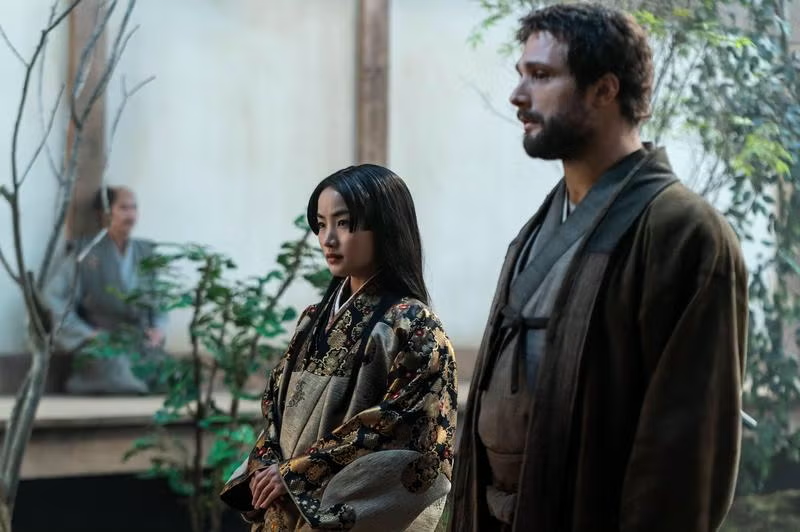
I feel lighter and so much happier without any bitterness in my heart.
Dear reader, have you held onto bitterness for too long? Still planning revenge? What are your plans for moving forward with life?
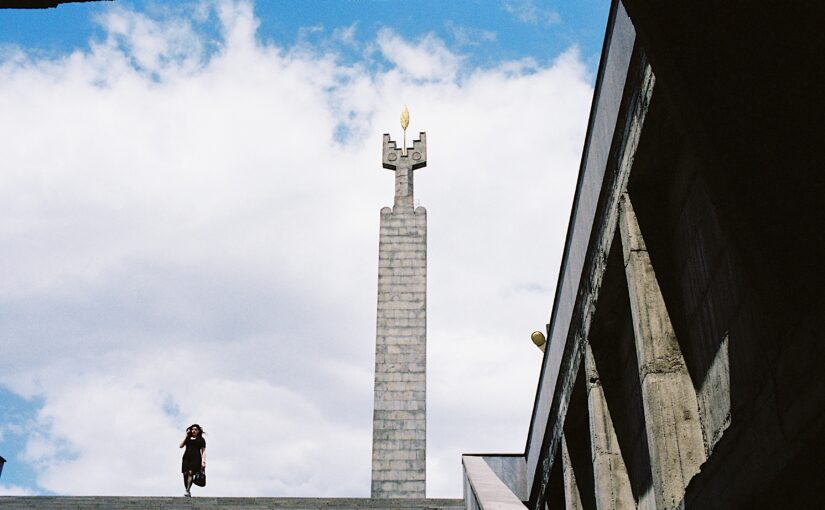
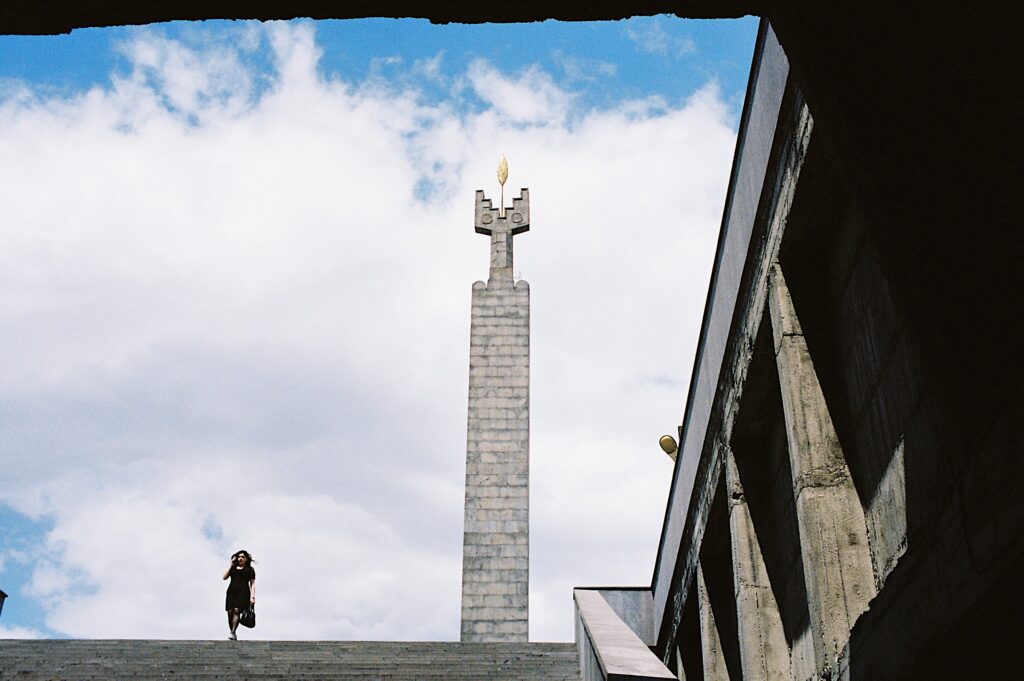
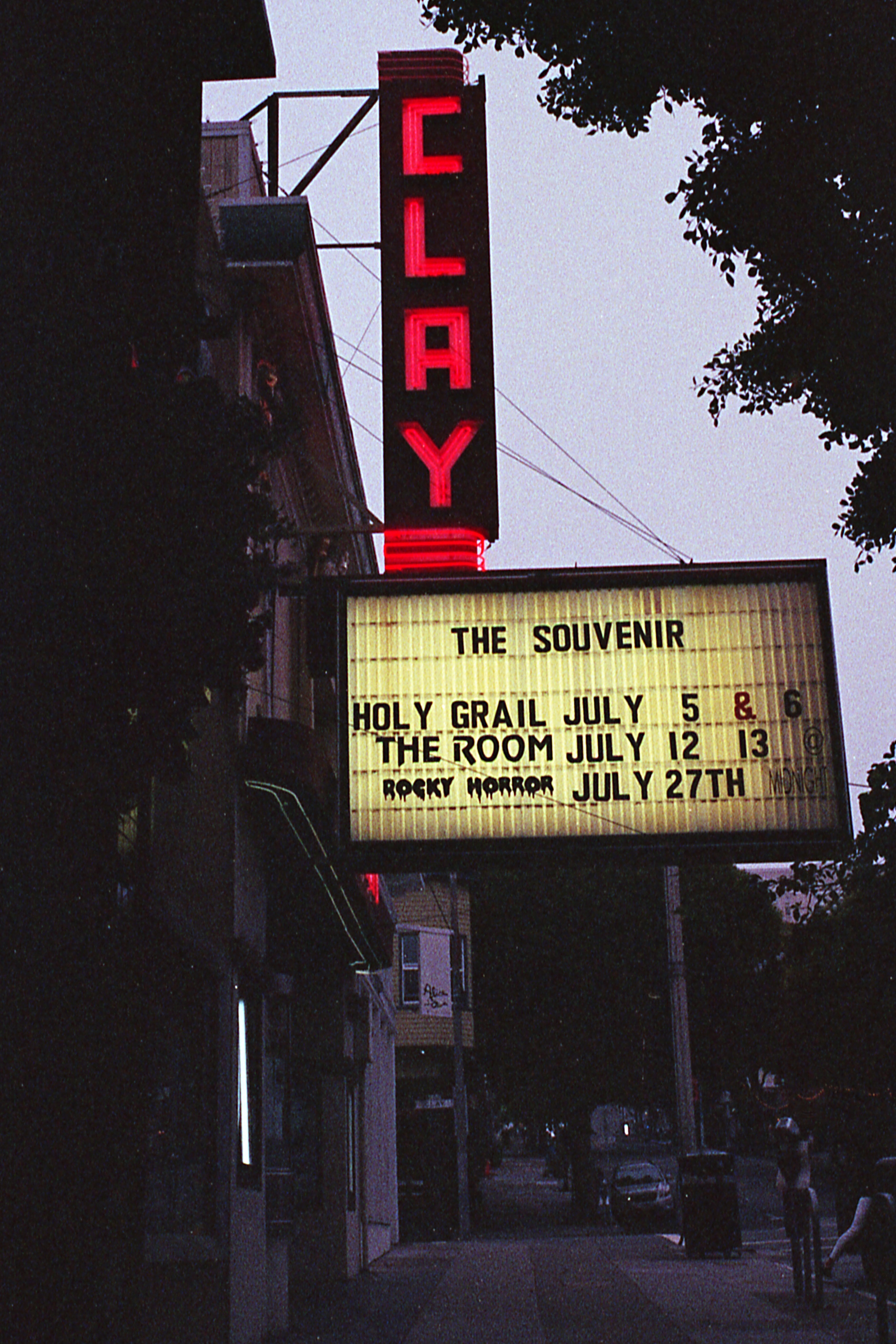
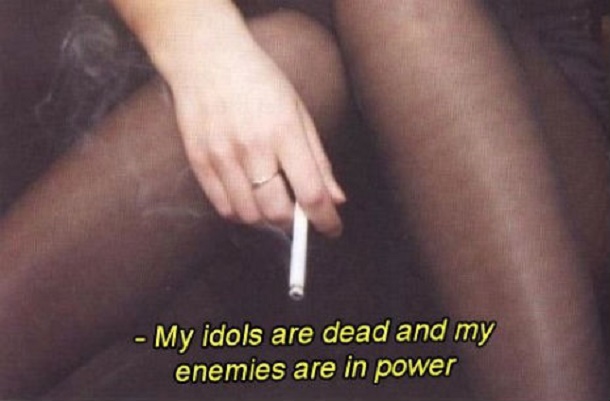

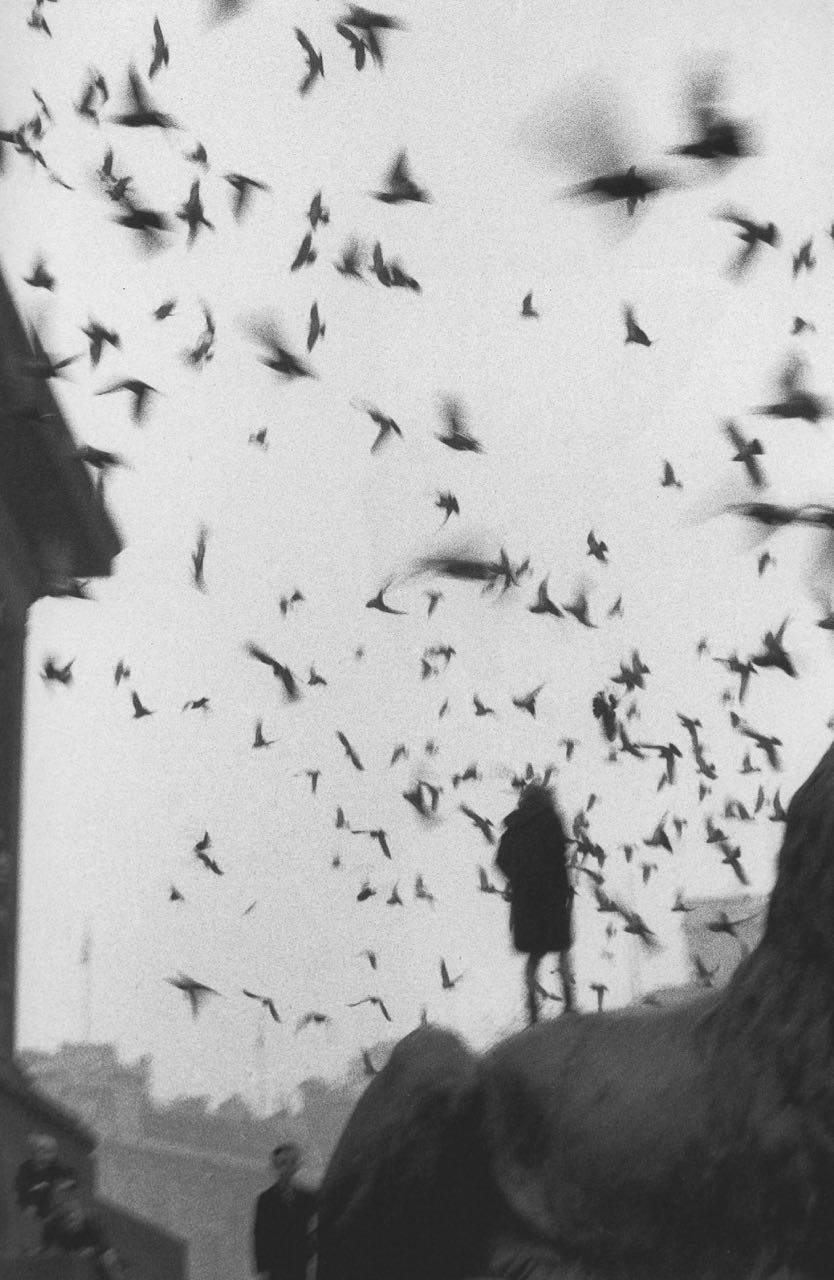
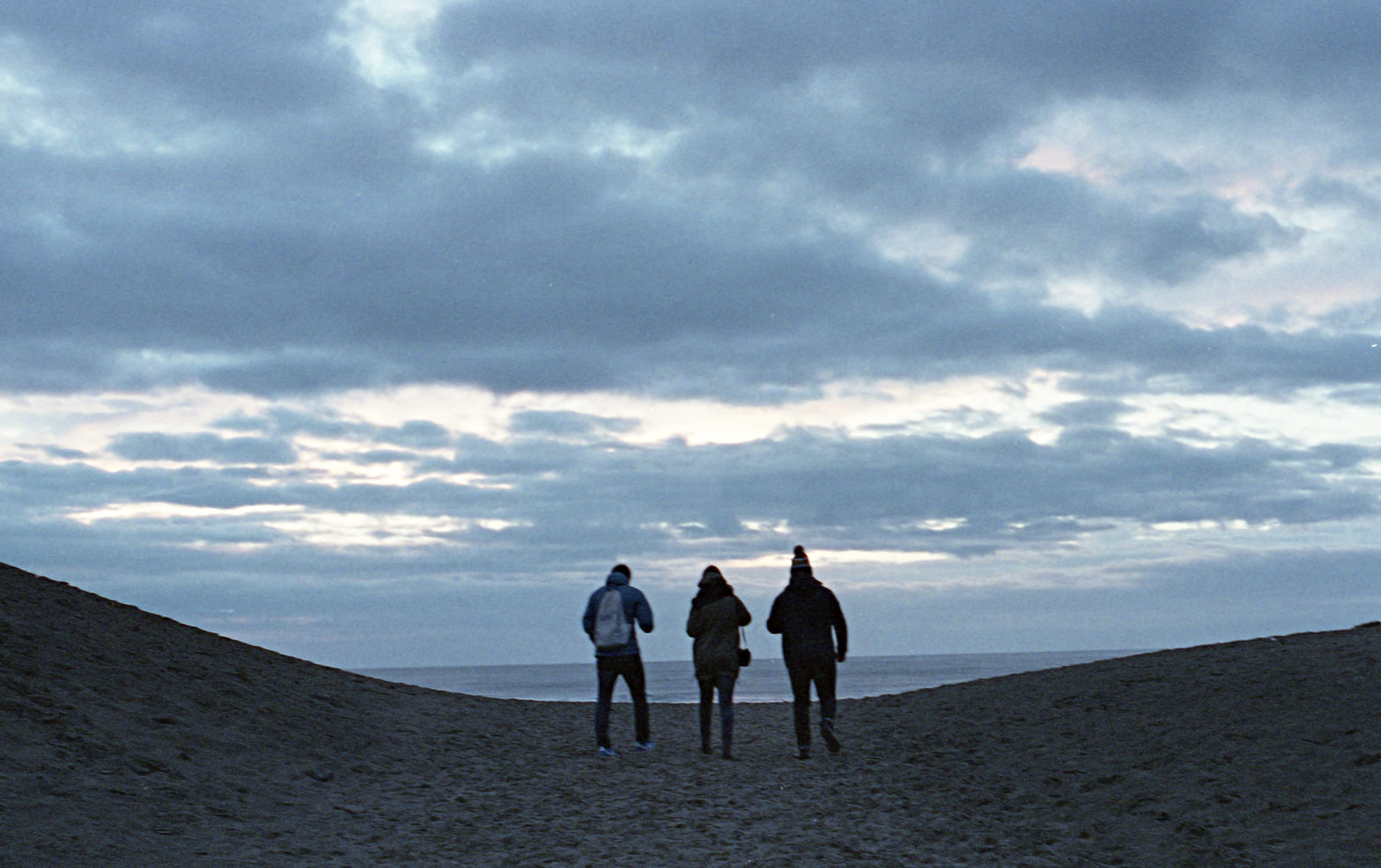

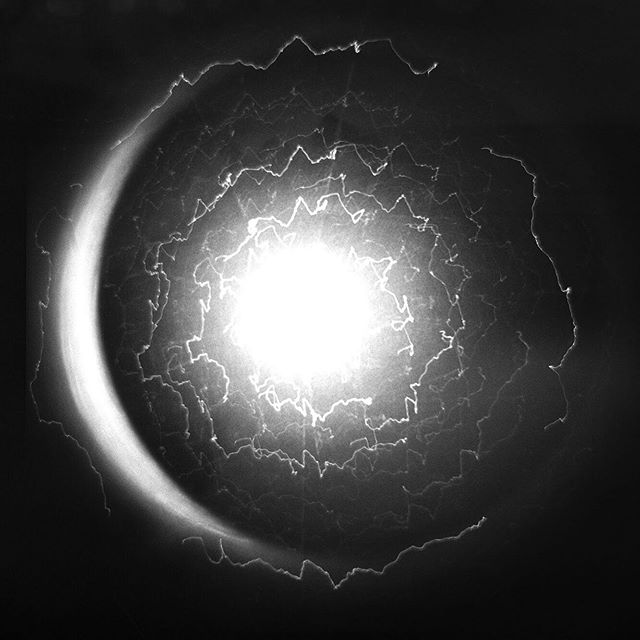
 Grain occurs when a film is pushed or under exposed.
Grain occurs when a film is pushed or under exposed.